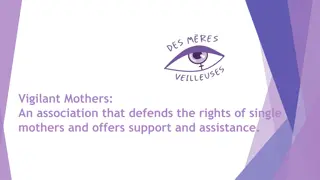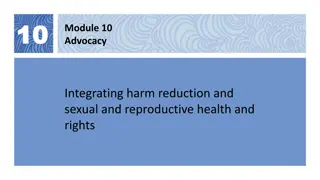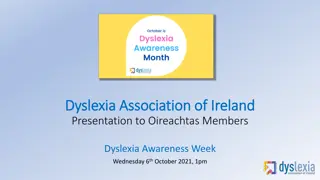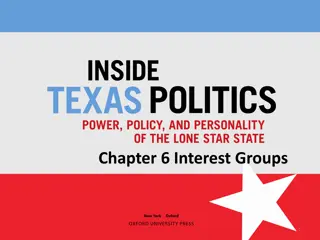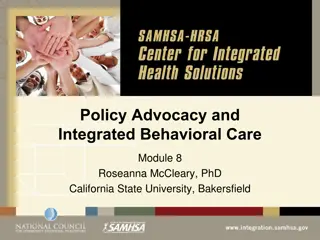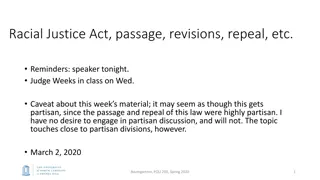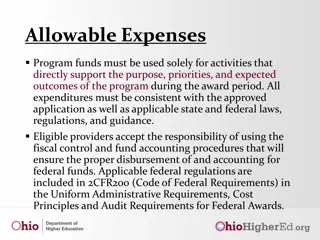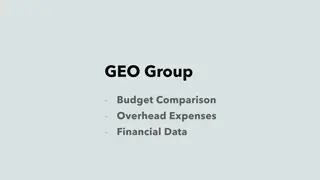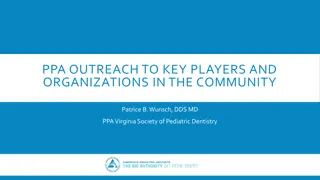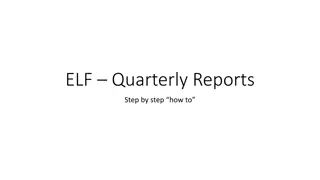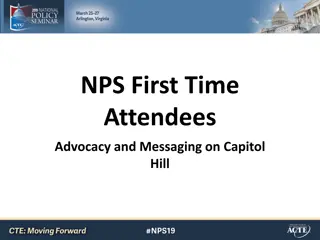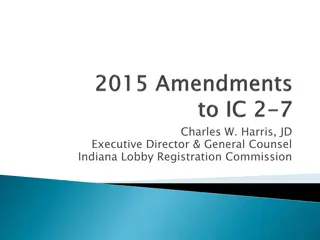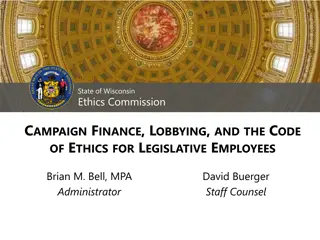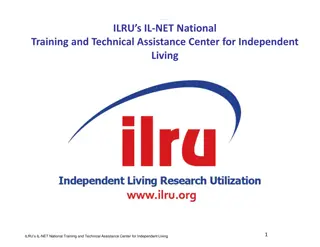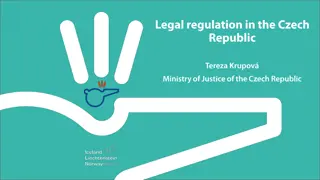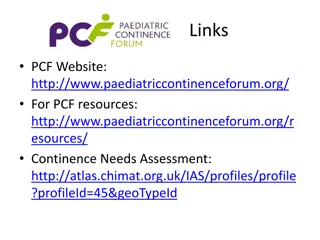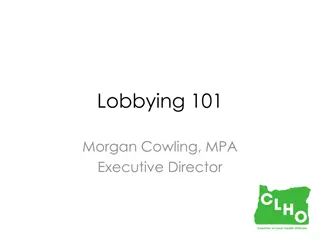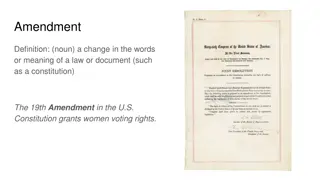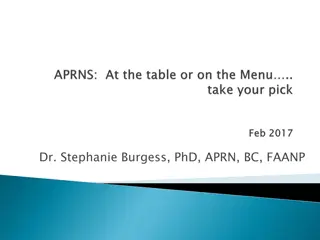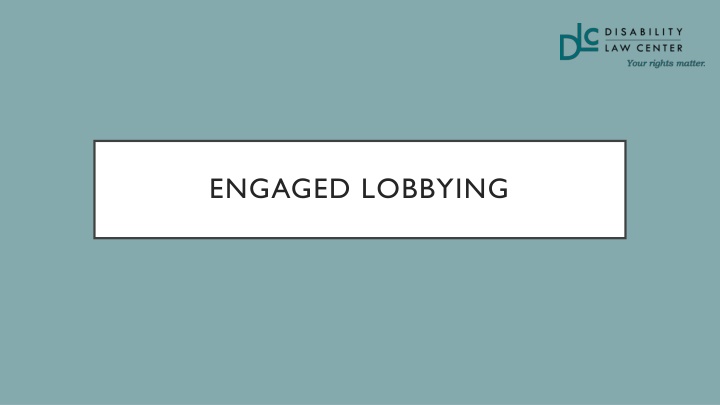
Insight into Legislative Sessions and Processes in Utah
Discover the structure and processes of legislative sessions in Utah, from engaged lobbying to how bills become laws and the budgeting process. Explore definitions, session calendars, and tips for reading bills effectively.
Download Presentation

Please find below an Image/Link to download the presentation.
The content on the website is provided AS IS for your information and personal use only. It may not be sold, licensed, or shared on other websites without obtaining consent from the author. If you encounter any issues during the download, it is possible that the publisher has removed the file from their server.
You are allowed to download the files provided on this website for personal or commercial use, subject to the condition that they are used lawfully. All files are the property of their respective owners.
The content on the website is provided AS IS for your information and personal use only. It may not be sold, licensed, or shared on other websites without obtaining consent from the author.
E N D
Presentation Transcript
HOW IS THE SESSION STRUCTURED? The legislative session is formally 45-days beginning on the Tuesday after MLK Jr. Day. The General Session consists of committees and subcommittees where policies are initially recommended, introduced, and discussed. There is also regularly scheduled floor time where policy is debated and voted on. When not formally in session, there are interim committee meetings once a month. On occasion, special sessions are called when a mistake is discovered or an issue cannot wait until January. This calendar (https://le.utah.gov) shows the meeting schedule. If you click on the meeting you are interested in, you will see the location and agenda. If the meeting has already happened, there should be an audio clip or video that you can watch.
DEFINITIONS To understand what happens during the session, it is important to understand the following terms Bill: A proposed law or new program Resolution: A formally expressed position or opinion of the legislature. Future bills may build off this resolution Appropriation: The budget for existing state programs. An appropriation is the funding that bills require Committee: A group of legislators overseeing policies under a certain issue area Floor: Typically refers to the general body of the entire chamber (House or Senate) when they convene for business One Time Expenditure/Funding: only needs to be funded once/that session. Ongoing Expenditure/Funding: Funding that needs to be allocated for more than one year.
HOW DOES A BILL TYPICALLY BECOME A LAW? Sent to the other chamber to repeat the process, beginning in Rules Committee Bill Passes or Fails on the Floor (2nd Reading in House, 2nd and 3rd in Senate) Bill is introduced on Floor (1st Reading) Bill passes or fails in the Standing Committee Governor Signs or Vetoes the Bill Bill is sent to Rules Committee Bill assigned to Standing Committee Bill is drafted This is just a simple overview of the most common process. Click here for a more detailed explanation of all the steps that bills take to become laws.
THE BUDGET PROCESS The Utah State Legislator s budget not only depends on their own budget process but on the Governor s budget. The budgeting process is largely comprised of negotiations and raking priorities. Not only does the budget fund the bills that will be passed, but the process also allows for Requests for Appropriations (RFAs) to be used as a tool to expand programs or fund a project. Although tedious and less public than legislation, the budget process is so important! Click here to learn more about the budget process.
TIPS FOR READING AND UNDERSTANDING A BILL Important definitions: Amendment: a modification, deletion, or addition that alters form or substance of legislation Substitute Bill: In lieu of extensive amendments, a bill with the same number and sponsor and covering the same subject area with considerably altered substance. *When reading a bill online, changes to current code are underlined, anything not underlined is current code* To access a bill: Go to le.utah.gov. In the top banner, click Bills (second heading from left), and then click the appropriate subheading for what you are looking for (ex: 2023 Bills). Here s another resource for accessing bills.
TIPS FOR READING AND UNDERSTANDING A BILL What do the different parts of the bill mean? How do I read a bill? This PDF explains how to read a bill. If you want the written bill to mirror this exact template, click the printer friendly link above the short title when on the bill/resolutions webpage. The online version of the bill/resolution can be messy and hard to read. The Chrome Extension Utah Law Formatting helps clean it up. When toggled on, this extension highlights deleted portions of code in red and shows added portions in yellow. The general description and highlighted provisions sections toward the top of each bill/resolution give a general overview of what the bill does, but make sure to read the bill since they can often be misleading. Image credit: Utah Legislature
BETTER UTILIZING LE.UTAH.GOV Bill Tracking Bill Location Image credit: Utah Legislature Image credit: Utah Legislature
BETTER UTILIZING LE.UTAH.GOV (CONT.) Fiscal Notes: Fiscal notes demonstrate how much enacting the bill will cost. This is helpful for budgeting purposes. To view a bill s fiscal note, go to the bill s main webpage, and on the righthand side of the bill text, under the related documents heading, there will be a link to the fiscal note. Don t fret if the fiscal note isn t there, sometimes it takes a while to display to the public. Image credit: Utah Legislature Image credit: Utah Legislature
ADVOCATING WITH THE DISABILITY LAW CENTER The DLC creates a publicly available Bill (https://disabilitylawcenter.org/resources/legislative-session-bill- tracker/) and Budget (https://disabilitylawcenter.org/resources/legislative-session-budget-tracker/) tracker during each legislative session and updates it regularly. The DLC also regularly makes policy corner videos (https://disabilitylawcenter.org/issues/public-policy/) to update you on the work they are focusing on during the session and introduce you their policy team. This website (https://disabilitylawcenter.org/issues/public-policy/) contains all the information on the DLC s public policy efforts so that you can advocate with them!
ACTIONS YOU CAN TAKE Ways to get involved during the session: Public comment Watching committee meetings and floor time Work with legislators on ideas for bills they could sponsor Discuss potential requests for appropriations Advocate for a bill to get out of the rules committee or encourage legislators to give a certain vote in its standing committee Contact the governor to veto or sign the law In other words, the public can have a say at EVERY step of the legislative process! Don t give up!

